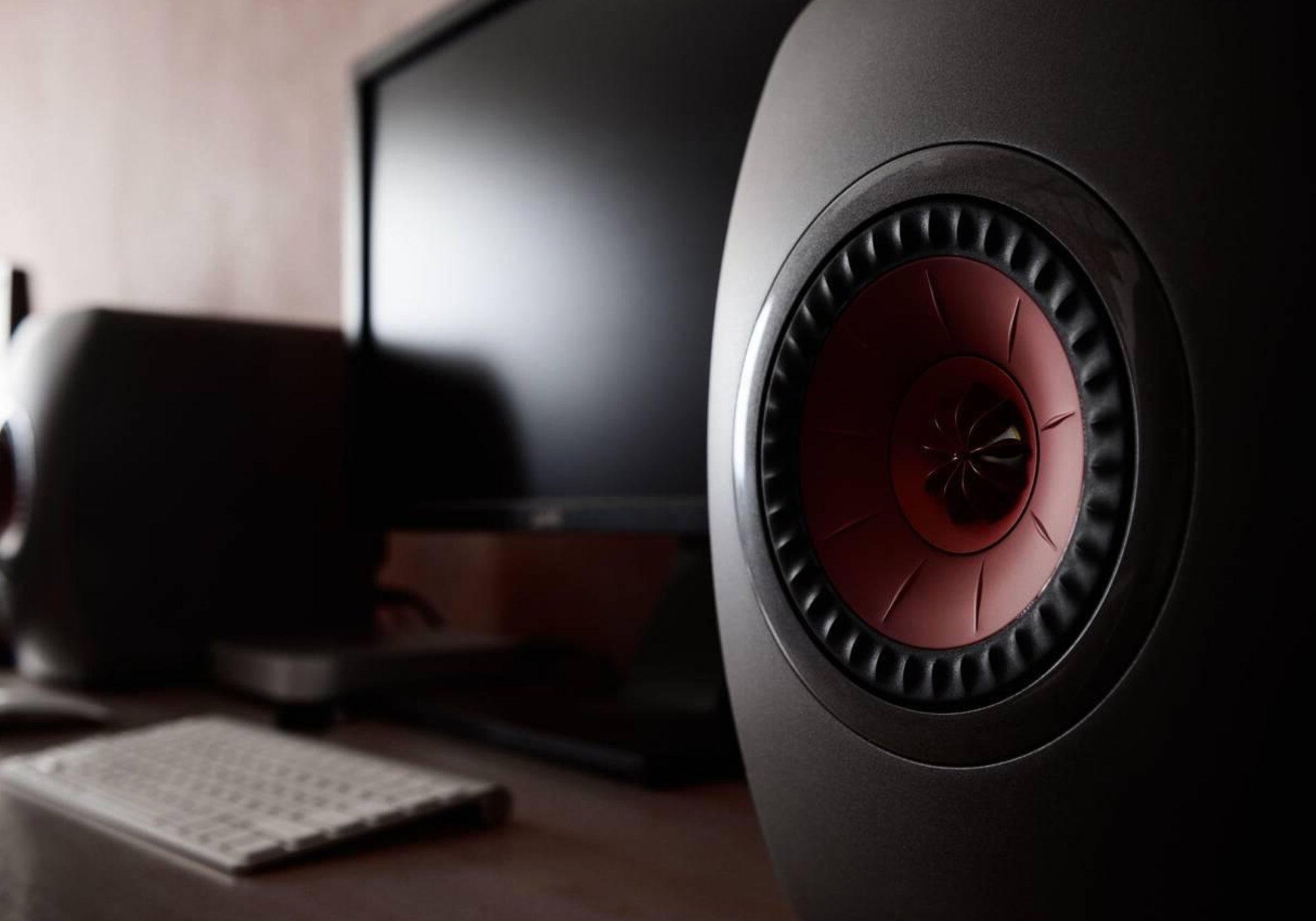In the realm of technology, where sound enhances every part of our digital experience, it's crucial to ensure that audio drivers run smoothly. Audio drivers link your computer's hardware and software programs to help get sound into your ears. This guide explores the nuances of updating audio drivers, including why it's essential and what practical methods are needed.
Understanding Audio Drivers
What are audio Drivers?
The software components known as audio drivers allow your operating system and audio hardware—like sound cards or integrated audio chipsets—to communicate. They convert digital impulses into analog waves of sound that you may hear on your headphones or speakers.
The Top Gaming Headphone Brands for Ultimate Audio
Types of Audio Drivers
Integrated Audio Drivers:
- Definition: Internal software that controls motherboard-based audio functions directly.
- Usage: Common in PCs and laptops, these devices are affordable yet may not have the most cutting-edge capabilities.
- Pros: It is low-cost, requires no extra hardware, and is a standard option for many devices.
- Cons: Specialist sound cards are more feature-rich and have high-quality audio.
Dedicated Sound Card Drivers:
- Definition: Software explicitly designed for stand-alone sound cards provides advanced functionality and better audio quality.
- Usage: Gamers and audiophiles love it because it supports Dolby Atmos technology and has adjustable settings.
- Pros: Support cutting-edge technology, provide excellent audio quality, and have adjustable settings.
- Cons: It may be for something other than casual users.
Operating System Default Audio Drivers:
- Definition: Operating systems automatically install fundamental drivers for standard audio functions.
- Usage: It is practical for daily usage but possibly needs more sophisticated features and optimizations.
- Pros: Easy to use, self-installing, and appropriate for various applications.
- Cons: It needs for hardware usage, optimizations, and advanced functionality.
Manufacturer-Specific Drivers:
- Definition: It's performance-enhancing, manufacturer-specific software for audio devices. Usage: It is suggested to optimize hardware performance, provide customized optimizations, and assist with proprietary technology.
- Pros: Support for proprietary technology, bug fixes, and customized optimizations.
- Cons: If not installed correctly, it may cause compatibility problems, require manual installation, and require recurring updates.
Importance of Audio Drivers
It's imperative to keep your audio drivers up to date for the best possible sound quality, system stability, and compatibility with new hardware and software releases. Updated drivers frequently include bug fixes, speed improvements, and compatibility with the newest audio technologies.
Identifying Your Audio Device
Gathering Information
Before updating your audio drivers, you must determine the brand and model of your audio device. You can accomplish this using the System Information tool on macOS or the Device Manager on Windows.
Checking Current Driver Status
Signs of Outdated Drivers
Audio glitches, crackling or distorted sound, and device errors in the Device Manager are common indications of outdated audio drivers. Finding the
Proper Drivers
Looking at the Website of the Manufacturer
Navigate to the "Support" or "Downloads" section of the audio device's manufacturer's website.
Look for drivers compatible with your particular device's operating system and model.
Ensuring Compatibility
To prevent possible installation problems, ensure the drivers you download are compatible with the device configuration and operating system version.
Downloading and Installing Drivers
Downloading the Latest Audio Drivers
Restart your computer after installation to have the modifications take effect.
Troubleshooting Common Issues
Addressing Installation Challenges
If you encounter installation-related issues, such as driver conflicts or installation errors, consult the manufacturer's documentation or support resources for troubleshooting instructions.
Final Thoughts
Updating your audio drivers is an essential maintenance operation that can significantly impact your computer experience. By following the instructions in this tutorial and the most recent driver updates, you can ensure that your audio system runs smoothly and produces the finest sound quality possible.
As we conclude this article, we advise you to prioritize the upkeep of your audio drivers to maximize your audio experience.
Visit Technoid for more resources and to interact with like-minded people passionate about technology. Let's go on a joint exploration and innovation trip into audio technology and beyond.
FAQs
Describe audio drivers and explain their significance.
Software elements known as audio drivers allow the operating system and audio hardware to communicate. They are essential for ensuring your computer's audio performs at its best by processing and providing sound output through speakers or headphones.
How can I determine whether my audio drivers need to be updated?
Device problems in the Device Manager, distorted sound, and audio glitches indicate outdated audio drivers. Keeping current with driver releases and routinely checking for updates will help preserve the best possible audio quality.
Should I rely on automated updates or install audio drivers manually?
Some users manually install drivers to maintain compatibility and control over the installation process, even though automatic updates can speed up the process.
Both strategies offer advantages, but following the manufacturer's suggested procedures is essential.
What should I do next if I encounter difficulties installing the audio drivers?
For assistance addressing installation problems, such as driver conflicts or failures, consult the manufacturer's documentation or support resources. Remove outdated drivers, temporarily disable antivirus software, or seek help on technical support forums.

 United States
United States

